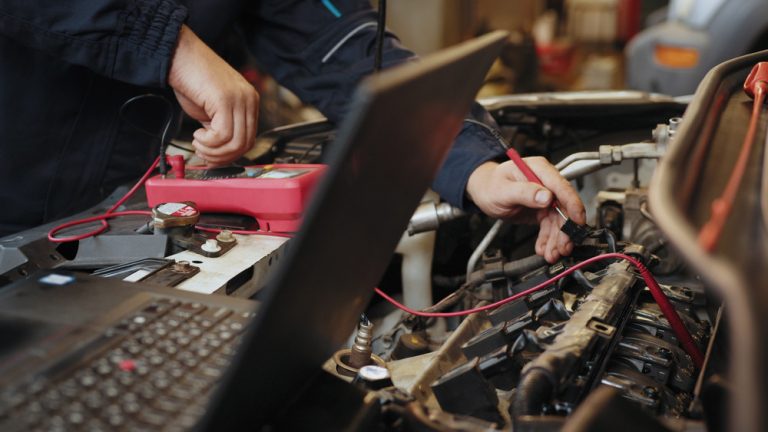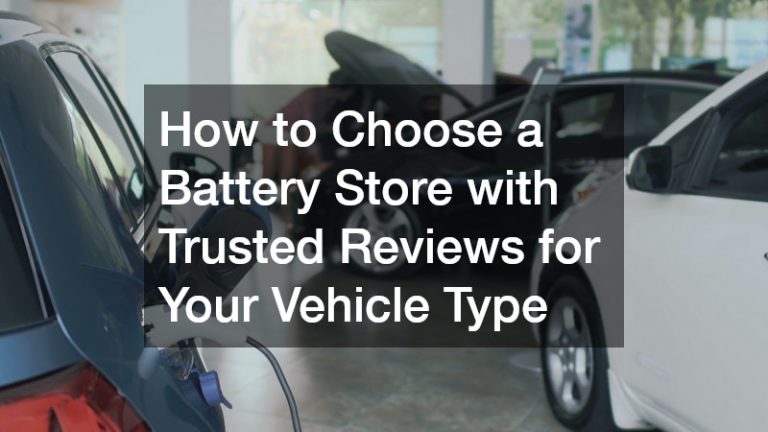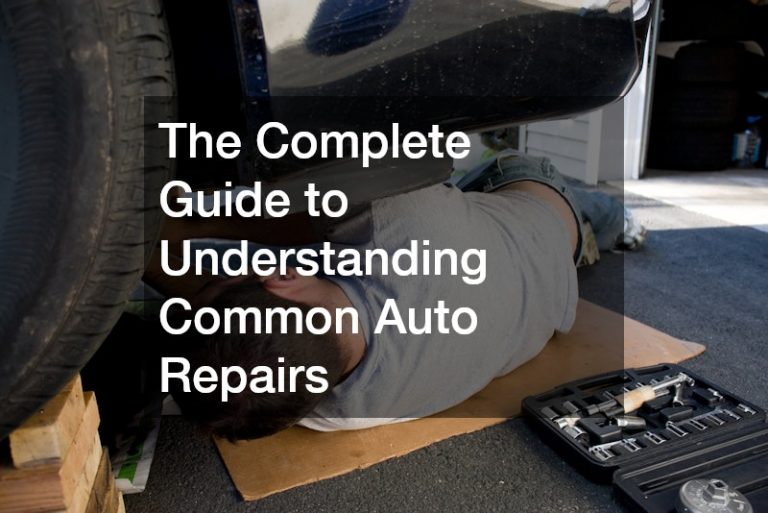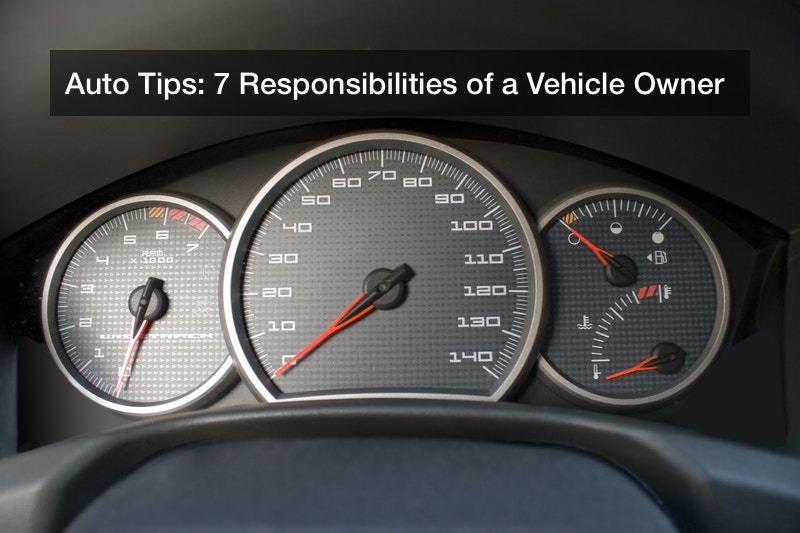

Currently, the average U.S. driver spends nearly four hours behind the wheel every day — and this is only trending upward. Projections show that there will be as many as 2.8 billion cars on roads all across the globe by 2036.
With the prevalence of driving and car ownership, every driver should take steps to actively keep the roads safe. Taking care of your vehicle goes a long way toward that end. What are little things just about anyone can do?
Learn some of the most basic and effective car maintenance and car safety tips below.
1. Do Not Skip Your Next Oil Change
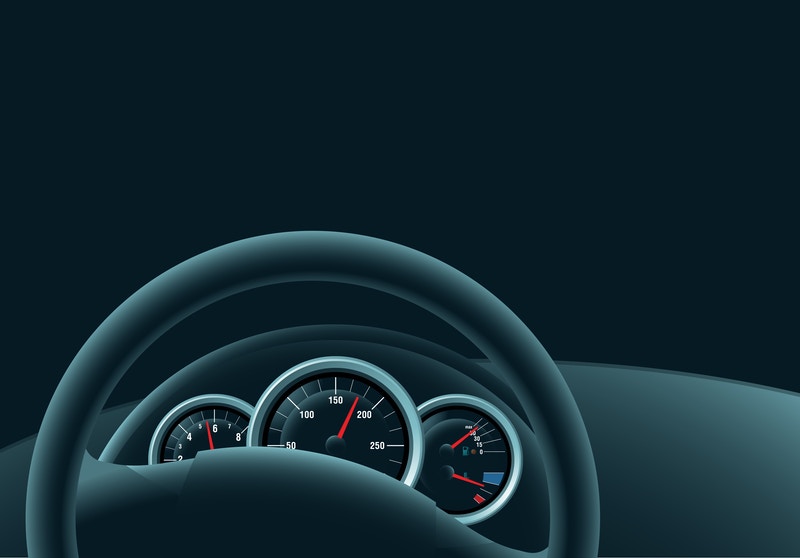
It may be tempting to put off your visit to the mechanic shop for an oil change. The consensus is in, however: that’s not a good idea. Getting an oil change is an important part of taking care of your vehicle and not doing it can risk your car’s safety and longevity.
Kelley Blue Book (KBB) reaffirms, “The simplest task to increase the life of your vehicle is to maintain the proper amount of oil in the engine.” Clean oil keeps the engine and its parts running smoothly and prevents it from dangerously overheating. Plus, regular oil changes reduce friction. Less friction means less wear and tear on your vehicle.
Most brand new cars need an oil change within their first 50 or 100 miles, according to Car Care Hunt. As for used vehicles, many dealerships will perform an oil change prior to selling them or, at the very least, keep a sticker on the window letting you know when to get the next one. Do not forget to check the manual (if applicable) and get necessary oil changes for repairable vehicles for sale.
2. Carefully Maintain Your Car Tires
Just as you would not drive around without a valid automotive insurance policy, it is just as unwise to drive around on poorly maintained tires. Think about well-maintained tires as a tangible insurance policy.
An alarming 11,000 car accidents requiring vehicles to be towed away after the result from ill-kept tires, safercar.gov writes. “Underinflated tires are 3 times more likely to cause a serious accident than their properly pumped counterparts,” Esurance continues.
Reduce your likelihood of getting in an accident by routinely checking your tires’ air pressure, rotating your tires, and checking tires’ alignment as necessary. Use an air pump to check tire pressure at least once every few months. The doorpost, door jamb, glove box, or car manual displays the maximum tire pressure for your vehicle; it’s unique to your make and model. Rotate tires every 6,000 to 8,000 miles, and check tire alignment if you have any concerns. Improper alignment can make it more difficult to steer your vehicle, should you take your hands off the wheel momentarily, and it can lead to greater wear and tear on your tires.
3. Top Off Fluids, Including Coolant

Once again, staying up-to-date on your auto insurance is a crucial part of being safe on the roads — just like refilling and topping off your car’s fluids. Taking care of your vehicle requires keeping tabs on its radiator fluid, transmission fluid, power steering fluid, and brake fluid.
Having an appropriate amount of radiator coolant keeps your car from overheating. In other words, without enough radiator fluid, you’re in trouble. Most auto mechanics will check the level of coolant and fluids during routine oil changes.
Transmission fluid functions as a lubricant. Top off transmission fluid whenever it is low, and change transmission fluid if you smell anything burning. Similarly, power steering fluid is also essential when taking care of your vehicle, and its transparent tank makes it easy to check. Finally, brake fluid ensures that your brakes work correctly. Without it or with low brake fluid, you may not be able to apply the necessary pressure to your brakes. Any brake fluid in your car should remain at least half-an-inch. Anything below that spells trouble. Most vehicles’ brake fluid may accumulate water over time. That water does not transfer heat well and decreases your chances of stopping as soon as you need to. Change brake fluid regularly to avoid excess water buildup.
4. Take Care Of Your Brakes
What is one of the most popular reasons to schedule an appointment with an auto accident attorney? Many drivers contact lawyers after their brakes fail. While some mishaps are inevitable, what can you do to ensure your brakes work as effectively as possible?
“When you hit the brakes, it’s the brake pads and rotors that initiate the points of contact to quickly stop the tires from moving,” according to Car Care Hunt. Make sure these parts are in working order by paying attention when you stop. If your car takes extra long time to stop or you smelling burning whenever you brake, it is time to get your brake pads and rotors inspected.
Plus, mechanics recommend flushing and replacing brake fluid every 25,000 miles, and bleeding brake lines every two to three years. Bleeding brake lines prevents excess air from building up in brake lines and brakes from deteriorating prematurely. However, it is not necessarily a straightforward process. Make sure to work with a professional for this fix!
5. Learn The Basics About Dashboard Lights

It is a common occurrence. You’re driving or parking your car when you notice that one of the dashboard warning lights is lit. While many of us understand that this typically isn’t a good sign, most drivers still do not understand what dashboard warning indicator lights mean. Taking care of your vehicle can also mean taking precautions to avoid the worst. Knowing warning lights can help.
Here is a quick breakdown of some of the most common warning lights you may see:
- Learning the meaning behind dashboard lights can make you a safer driver. However, some lights do not necessarily mean the difference between meeting with auto accident lawyers or not. For example, the gas pump will light up whenever you are low on gas. That’s common knowledge. What isn’t common knowledge is that the gas pump symbol located near your gauge will have an arrow pointing to the right or the left. This arrow indicates the side of your vehicle with the gas tank.
- Furthermore, you may see the symbol with a thermometer and what looks like waves or water light up. What does this mean? If you see this symbol on your dash, it means that your engine is too hot. Get temperatures under control by checking fans, coolant levels, your radiator cap, and/or ensuring that your coolant is not leaking.
- If you see the battery symbol lit up on your dash, that indicates one of the following: your battery is not charging properly, your battery is low, or your vehicle’s alternator may not be working correctly. A critical part of taking care of your vehicle is making certain you have a working battery. While it varies, replacing a dead battery isn’t as expensive as you might think. Call local auto mechanics or review your automotive insurance policy to see if the replacement is covered.
- The oil pressure gauge. If the oil symbol lights up, that means that “lubrication is low or lost completely,” Go Far writes. If you see the oil tank light up, get an oil change and/or personally top off the oil in your car as soon as possible.
- A thermometer surrounded by a spoked wheel or cog indicates an overheating transmission. Check coolant levels, make sure coolant is not leaking, and double-check that your radiator cap is firmly in place.
- The tire symbol with an exclamation point warns you to check your tire pressure.
- The car with the squiggly lines indicates that your traction control system (TCS) is active. The car with the squiggly lines and the word “off” indicates that your TCS if off.
- The engine with the down arrow warns that there is limited engine computer output.
- The check engine light — the engine with the word “check” — may worry even the most seasoned drivers. However, the check engine light is not always cause for alarm. In some cases, the check engine light may mean that it is time to replace your oxygen sensor, spark wires, spark plugs, or mass airflow sensor. Occasionally, the check engine light may light up when the gas cap of your vehicle is loose. Investigate. Don’t panic. While there are some expensive fixes associated with the dread check engine light, there are others that are routine and inexpensive.
- Finally, what does the steering wheel along with an exclamation point mean? It depends on your car! If you have electric power steering, this symbol means it is time to visit the mechanic. If you have a hydraulic system, replenish power steering fluid and look out for leaks. If it doesn’t leak after topping it off, you’re good to go. In either case, ignoring this symbol may result in your power steering system failing.
An automotive insurance policy ensures that you are reimbursed if you get in an accident or crash your car. Learning the warning indicator lights is an important part of taking care of your car, and it can signal drivers to perform essential maintenance or repair before more serious accidents occur.
6. Drive Defensively
Taking care of your vehicle does not just mean properly maintaining it. Keep your vehicle in tip-top condition for as long as possible by driving defensively. According to DriversEd.com and others, defensive driving goes above and beyond the norm. When you practice defensive driving, you reduce risks by anticipating dangers and unfavorable conditions and making the safest possible choice in that given situation (or situations).
For example, defensive driving teaches drivers to control speed, be in-tune or especially aware of any extreme weather or road conditions, and to react in the moment, should other drivers act unexpectedly. Defensive driving courses teach safe following distances, stopping distances, how to safely and properly pass another vehicle, and right of way. Courses will also advise drivers to lock all doors and windows upon entering their vehicle, to wear seatbelts, and to eliminate any distractions, like texting or checking your phone while driving. As an additional safety measure, it is also wise to keep the card or number of a reliable auto lockout service in your vehicle, should you lock yourself out or forget your key.
Taking care of your vehicle may seem straightforward. Change the oil, check the tires, etc. Do not forget that driving defensively and staying safe while driving is also a necessary part of taking care of your vehicle.
7. Drive For The Vehicle You Own

Finally, driving a small, four-door sedan is very different from driving a pickup truck or a semi. You wouldn’t pilot a fishing boat the same way you do a pontoon boat, would you? The same principle applies for cars. Drive for the particular vehicle you are in at that moment. For example, while driving a large truck or semi, it is important to be especially mindful of that vehicle’s limitations. Keep extra distance from the cars and vehicles around you, stop with plenty of time to spare, and take any turns or curves slowly and cautiously. Listen to news reports to avoid unfavorable traffic conditions and make sure you are well-rested whenever you are driving an especially large vehicle, like a truck or semi.
Unfortunately, truck accidents are common — and they can be particularly fatal. Nearly 5,000 people died in truck-related crashes in 2018. Avoid crashes by practicing safe driving, and talk to a truck accident attorney if you crash or get in an accident involving another vehicle.
At times, taking care of your vehicle can mean driving that vehicle appropriately. Do not drive a semi or a large pickup as if it is a small, four-door sedan. Always keep in mind what kind of vehicle you are driving for your safety and for that vehicle’s longevity.
When it comes to driving, start with the basics. Securing affordable auto insurance is a necessary first step. Following that, stay safe and help ensure the safety of those around you by keeping up with important maintenance, knowing the significance of dashboard warning indicators, and driving defensively whenever possible. Remember, taking care of your car involves routine maintenance — as well as safe and efficient driving practices.

